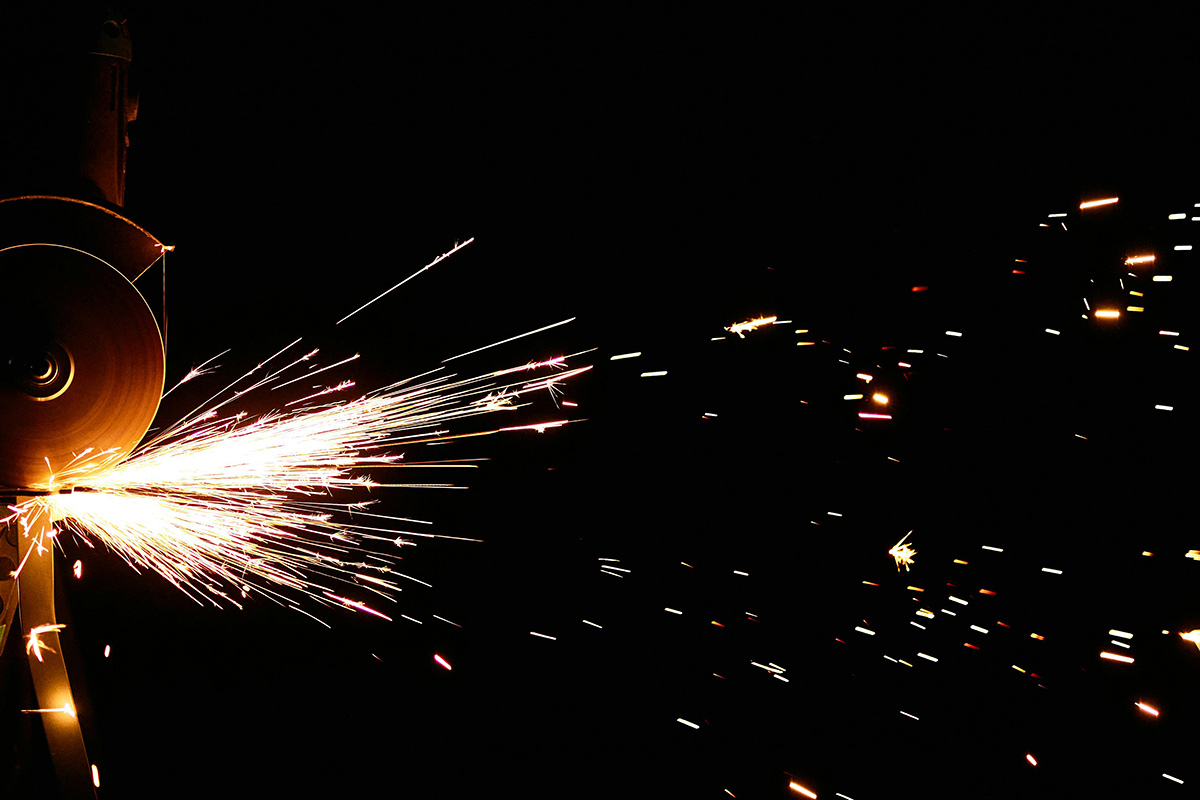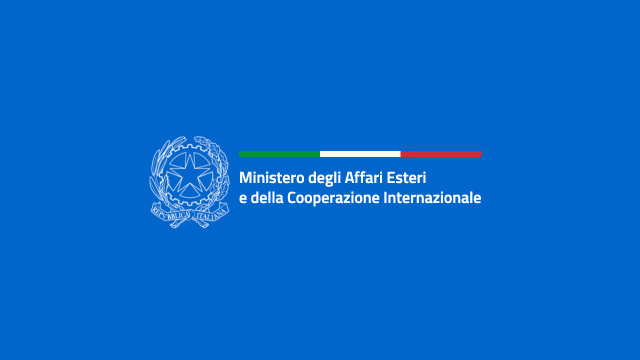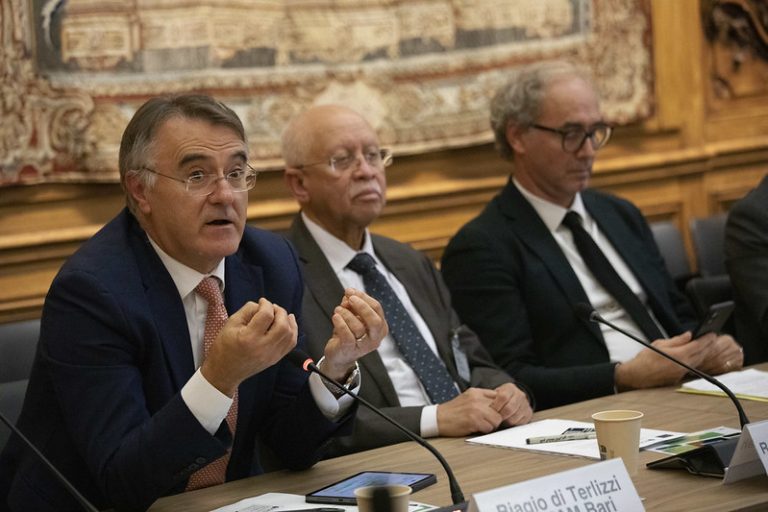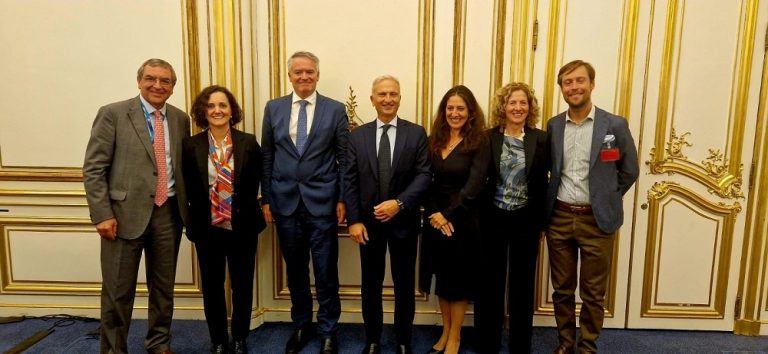Sweden remains a key player in the European and global mining sector, thanks to its abundant mineral deposits. The country exports metals and minerals to the European Union as well as to North Africa, the Middle East, and Southeast Asia, generating over EUR 5 billion in revenues in 2024, despite a 12% decline compared to the previous year. Iron continues to be at the heart of Sweden’s mining exports. Although production fell slightly by 5% to 80 million tonnes in 2024 due to operational and delivery issues, Sweden maintains a dominant position in Europe, producing 89% of the EU’s iron ore. Globally, it accounts for only 1% of world production, reflecting the sector’s relatively modest scale.
The mining industry directly employs around 8,900 people, mainly in the northern provinces of Norrbotten and Västerbotten, where most facilities are located. The Swedish mining district encompasses not only mines, but also equipment suppliers, input industries, consultancy firms, and university and corporate R&D centres. Downstream, the steel and metallurgical industries account for 3% of national GDP, 8% of Swedish exports, and provide employment for approximately 100,000–125,000 people.
Over the past decades, the sector has contracted sharply: in 2024, only 13 metal mines were operational, compared with 100–200 sites active during the 20th century. The Swedish Government is promoting the reopening of several sites and the revival of uranium extraction to support nuclear energy expansion. National deposits could theoretically meet the demand of future reactors, estimated at around 2,000 tonnes of natural uranium per year. A government proposal submitted to the legislative council in June 2025, for implementation from 1 January 2026, envisages lifting the current ban and limiting municipal veto powers. However, strong local opposition remains due to environmental concerns, and complex regulatory issues persist under the Environmental Code.
The Swedish mining district also aims to achieve technological leadership, with the goal of eliminating fossil fuels from mining operations entirely by 2045. Advanced technologies are already used at the Kiruna and Malmberget sites to reduce carbon emissions. The most ambitious initiative concerns the production of sustainable steel. Companies LKAB, SSAB, and Vattenfall are developing a new plant in Luleå, expected to produce green steel by 2035, replacing coal with hydrogen through HYBRIT technology, which emits only water vapour.
An independent study, however, has highlighted significant commercial and technical risks associated with the decarbonisation project. The challenges range from logistics to economic impacts: structural difficulties in transport and supply chains could compromise the overall efficiency of the operation.
From an energy perspective, the project faces a potential paradox: rising electricity prices in northern Sweden could undermine its economic competitiveness. Investment sustainability also raises concerns, as technological advances may render Sweden’s costly facilities obsolete if more efficient fossil-free steel production methods emerge. LKAB plans investments of EUR 13–36 billion over the next 15–20 years, with energy requirements reaching 70 TWh annually, equivalent to more than half of Sweden’s current electricity consumption.
Meanwhile, a rare earth deposit containing over one million tonnes of oxides has recently been discovered in Kiruna, currently the largest of its kind. This deposit is a strategic resource for the European green transition and contains high concentrations of phosphorus. Starting in 2027, it is expected to produce significant quantities of cadmium-free fertilisers, vital for Swedish and European agriculture, further advancing the country’s sustainability strategy.
Green steel
Sweden is at the forefront of green steel technology, thanks to two major low-carbon initiatives that promise to transform its steel industry. The first, HYBRIT, a collaboration between SSAB, LKAB, and Vattenfall, has developed a pilot project for fossil-free steel production, expected to reach commercial scale by 2026.
The second initiative is led by Stegra (formerly H2 Green Steel), which is developing an integrated eco-steel plant in Boden. Here, significant production is also expected to begin by late 2026, with the aim of reaching 5 million tonnes annually by 2030.
These projects, however, face multiple challenges, including energy supply, logistics, and limited state support. Nevertheless, both initiatives remain among the most advanced green steel projects in the European Union, even as Germany and China accelerate their own efforts in this field.







